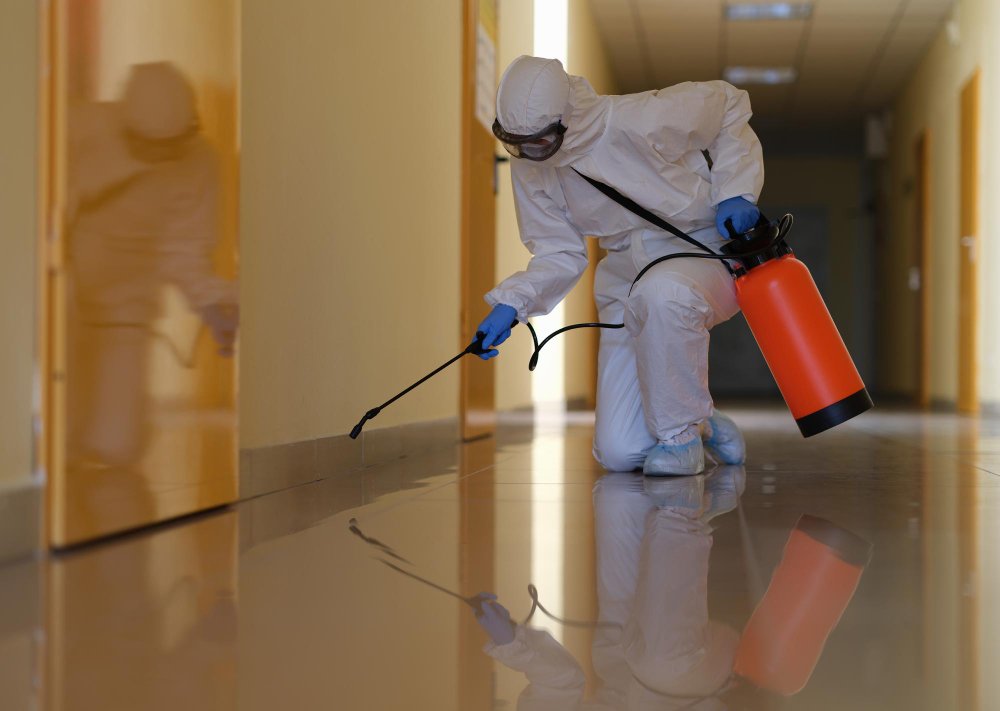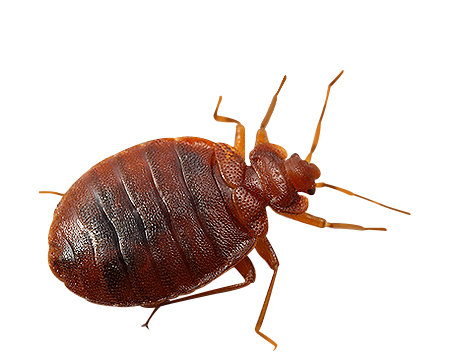Effective Bed Bug Heat Treatment for Homes and Businesses in Arlington
Effective Bed Bug Heat Treatment for Homes and Businesses in Arlington
Blog Article
Get Educated Regarding the Sorts Of Bug Control Techniques and Their Advantages for Homeowners
Understanding the various insect control techniques available to homeowners is vital for efficient parasite management. House owners who are knowledgeable can make calculated choices that not only address parasite concerns however additionally enhance the general high quality of their living setting.
Chemical Bug Control Techniques
Chemical pest control techniques are a crucial element of integrated bug administration techniques for homeowners seeking effective options to pest problems. These approaches include the application of chemical compounds designed to remove or prevent bugs that threaten personal property, health, and comfort. Typical chemicals utilized include pesticides, fungicides, herbicides, and rodenticides, each tailored to target particular bugs.
The primary benefit of chemical bug control is its quick efficiency; numerous formulas provide prompt results, reducing pest populaces significantly quickly. Furthermore, advances in chemical formulations have actually led to items that are more eco-friendly and have reduced poisoning levels for non-target organisms when used properly.

Biological Bug Control Strategies
All-natural pest control techniques have gained importance as house owners seek much safer and much more sustainable alternatives to typical chemical approaches. Biological parasite control methods utilize all-natural predators, bloodsuckers, or virus to manage bug populaces properly. This technique is not just eco-friendly but additionally minimizes the threat of injury to non-target species, consisting of valuable insects and wildlife.
One of the most usual organic control techniques involves presenting natural predators into the environment. For instance, ladybugs can be utilized to manage aphid populations, while nematodes target soil-dwelling pests like grubs. In addition, parasitoids-- organisms that live on or within a host-- can be employed to control certain insect types by laying eggs inside them, ultimately bring about their demise.
An additional method is using biopesticides, which are derived from natural materials such as minerals, plants, or microorganisms (bed bug exterminator). These products can effectively target bugs while presenting minimal danger to humans and animals. Overall, biological pest control strategies offer homeowners with a reliable ways of pest monitoring that aligns with environmental concepts, advertising a healthier living setting while lowering reliance on artificial chemicals
Mechanical Insect Control Techniques
Mechanical pest control techniques incorporate a variety of techniques that literally stop or remove parasites without making use of chemicals. These strategies are particularly useful for property owners seeking eco-friendly alternatives while making certain the safety of their home.
One common technique is the use of barriers, such as displays, catches, and nets, which prevent parasites from getting in homes or certain locations. Mounting window displays can successfully maintain bugs out, while making use of physical obstacles around yards can discourage larger parasites like deer or bunnies. In addition, mechanical catches developed for rats can catch and eliminate these bugs without the requirement for poisonous compounds.
Another efficient approach involves the use of vacuum cleaners and brooms to eliminate parasites straight from surface areas. Routine cleansing and upkeep can dramatically minimize pest populations by eliminating food resources and hiding areas. Using tools like ultrasonic parasite repellents can deter various insects via noise waves that are unpleasant to them however inaudible to human beings.
Social Bug Control Practices
Social pest control methods concentrate on changing the setting and monitoring strategies to produce problems that are less favorable to pest problems. These techniques are fundamental in keeping a balanced ecosystem and decreasing the reliance on chemical treatments. By altering farming methods, home owners can effectively prevent parasites while advertising plant wellness.
One usual strategy includes crop turning, which disrupts the life process of bugs by transforming the sorts of plants grown in a certain area (bed bug exterminator). This not only lessens pest populations but likewise enhances soil wellness. Additionally, intercropping-- planting varied plants in closeness-- can puzzle bugs and minimize their ability to find their preferred host plants
Water administration is an additional crucial facet of cultural practices. Appropriate watering techniques can stop standing water, which works as a breeding place for insects and various other parasites. Keeping tidiness in and around the home, such as regularly eliminating particles and food waste, can significantly decrease insect tourist attraction.
Incorporating these cultural methods right into an extensive bug management approach permits property owners to develop an atmosphere that normally deters parasites, consequently learn the facts here now improving the effectiveness of other control approaches while advertising sustainable horticulture and landscaping.

Integrated Parasite Management Approaches
Integrated Parasite Monitoring (IPM) stands for an alternative approach that combines different approaches to efficiently handle insect populations while lessening ecological influence. This method incorporates organic, social, physical, and chemical techniques to attain lasting parasite control. By assessing pest populaces and their all-natural adversaries, IPM stresses tracking and recognizing bugs before applying control actions.
One of the core concepts of IPM is the use of thresholds, which develop the level of insect activity that requires intervention. This ensures that treatments are used just when needed, minimizing the reliance on chemical pesticides. Organic control methods, such as introducing natural predators or parasites, operate in conjunction with social practices like crop turning and habitat control to disrupt pest life cycles.
In addition, IPM urges using least-toxic chemical choices when treatment is required, focusing on products that posture very little danger to non-target microorganisms and the atmosphere. For property owners, embracing IPM comes close to not just boosts the effectiveness of insect administration but also promotes a healthier living environment, promoting biodiversity and decreasing chemical exposure. Ultimately, IPM equips home owners to make informed decisions that stabilize bug control with ecological responsibility.
Verdict
Finally, understanding tick extermination the various parasite control methods empowers Web Site homeowners to make informed decisions regarding pest monitoring. Each technique-- chemical, organic, mechanical, social, and integrated pest monitoring-- provides distinctive advantages that accommodate various needs and choices. By selecting ideal approaches, property owners can effectively handle parasite populaces while reducing wellness threats and environmental effects. This informed technique adds to a healthier living atmosphere, advertising overall well-being for family pets and families alike.
Recognizing the various pest control approaches offered to house owners is essential for efficient insect management.Chemical insect control techniques are a crucial element of incorporated parasite management methods for homeowners seeking efficient solutions to pest problems. Overall, biological insect control techniques offer house owners with a reliable methods of bug administration that lines up with environmental concepts, promoting a healthier living atmosphere while minimizing reliance on synthetic chemicals.
Cultural bug control techniques focus on modifying the environment and management techniques to create problems that are less helpful to pest invasions.In conclusion, recognizing the numerous insect control approaches encourages homeowners to make informed choices regarding pest management.
Report this page